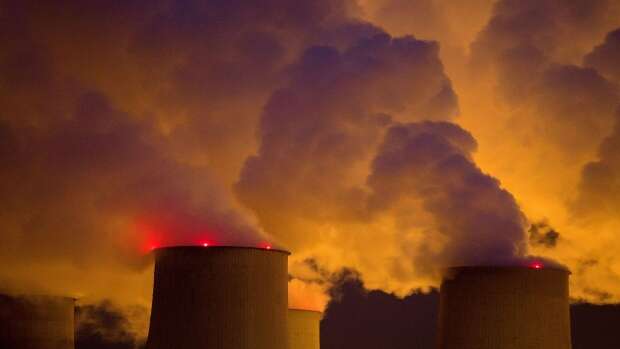Global CO2 emissions rose to a record last year as the combustion of fossil fuels continued to put the world on track for a dangerous level of global warming, according to Bloomberg.
Energy-related emissions rose 0.9% to more than 36.8 billion metric tons in 2022, according to data from the International Energy Agency. The jump came despite significant decline in industrial production in China and Europe.
“The impacts of the energy crisis didn’t result in the major increase in global emissions that was initially feared,” said IEA Executive Director Fatih Birol. “However, we still see emissions growing from fossil fuels, hindering efforts to meet the world’s climate targets.”
Emissions in the European Union fell 2.5% last year as a mild winter cut demand for heating and soaring energy prices spurred industries to shut production. That helped offset an increase in CO2 from the power sector, which relied more on coal and less on nuclear due to maintenance issue in France, while hydroelectric stations were curtailed by a historic drought.
China, the world’s biggest emitter, also saw a slight drop of 0.2% last year as weaker economic growth, a slowdown in construction and measures to contain the spread of Covid-19 inhibited energy use.
Emissions grew by 0.8% in the US, driven by a jump in the building sector due to a period of exceptionally cold weather at the beginning of the year that raised demand for heating.
Overall, extreme weather events contributed to about a fifth of last year’s increase in emissions. Two thirds of those came from demand for cooling that may only rise as climate change makes heat waves more extreme and frequent.
Still, the biggest increase in emissions last year came from Asia’s emerging markets and developing economies. Over half of the increase in that region came from coal-fired power plants.


